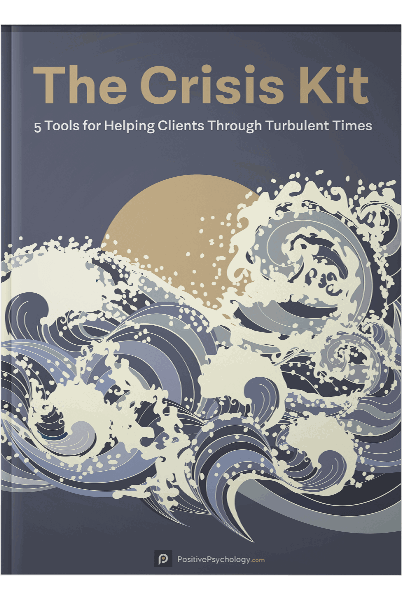Cognitive Behavioral Therapy (CBT) is a popular form of psychotherapy that has been proven effective in treating a wide range of mental health issues, such as anxiety, depression, and phobias. One of the key concepts in CBT is the “CBT Triangle,” which helps individuals understand the relationship between their thoughts, feelings, and behaviors.
The Positive CBT Triangle is a modification of the original CBT Triangle that focuses on understanding and changing negative thought patterns to promote positive mental health outcomes. This approach helps individuals break free from negative cycles of thinking that can often contribute to and exacerbate mental health issues.
The Positive CBT Triangle consists of three main components:
1. Thoughts: Our thoughts play a crucial role in shaping our emotions and behaviors. Negative thoughts can lead to feelings of anxiety, sadness, and hopelessness, while positive thoughts can help us feel more optimistic and motivated. By identifying and challenging negative thought patterns, individuals can learn to reframe their thinking in a more positive and constructive way.
2. Feelings: Our thoughts directly influence our emotions. When we have negative thoughts, we are more likely to experience negative emotions such as sadness, anger, or fear. By changing our thought patterns, we can also change our emotional responses to situations and improve our overall mood.
3. Behaviors: Our thoughts and emotions often drive our behaviors. For example, if we feel anxious about a social situation, we may avoid it altogether. By changing our thought patterns and emotions, we can also change our behaviors to be more positive and constructive.
In addition to understanding the components of the Positive CBT Triangle, there are several worksheets and exercises that can help individuals apply this concept to their own lives:
1. The Thought Record Worksheet: This worksheet helps individuals identify and challenge negative thought patterns by recording their thoughts, emotions, and behaviors in response to a specific situation.
2. The ABC Model Worksheet: This worksheet helps individuals understand the relationship between their thoughts, feelings, and behaviors by breaking down a situation into its Antecedents, Beliefs, and Consequences.
3. The Positive Self-Talk Worksheet: This worksheet helps individuals practice positive self-talk and challenge negative self-beliefs by replacing them with more empowering and constructive thoughts.
4. The Behavioral Activation Worksheet: This worksheet helps individuals take concrete steps to change their behaviors by setting goals, identifying barriers, and developing a plan for achieving those goals.
By using these worksheets and exercises, individuals can learn to apply the principles of the Positive CBT Triangle in their daily lives and work towards improving their mental health and well-being. With practice and dedication, individuals can develop healthier thought patterns, manage their emotions more effectively, and engage in more positive behaviors to support their overall mental health.



